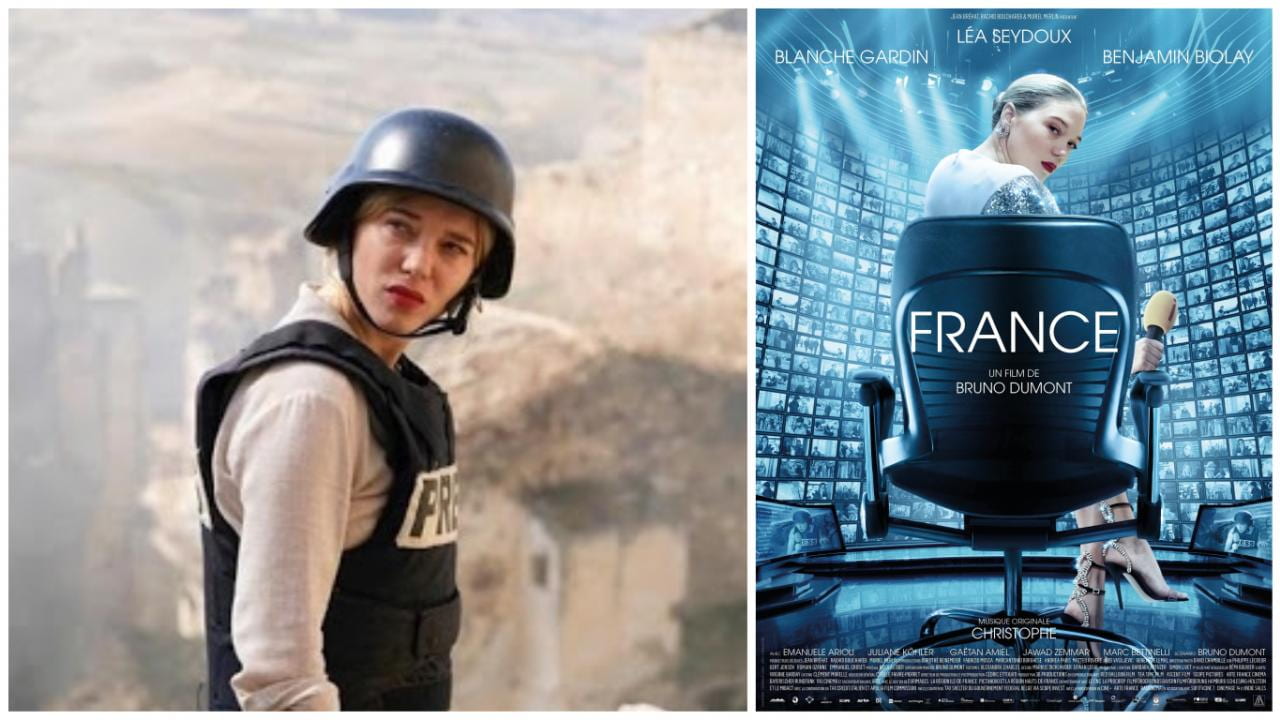The experience of reading Hito Steyerl’s article “The Uncertainty of Documentarism” was very surprising and inspiring for me. When I was a child, documentaries enabled me to learn about a wider world and think about a lot of different social and scientific topics. But as I grew up and was exposed to more genres of digital images and started to see the same world from different perspectives, I came up with the exact same doubt about the truth value and the biased emotions shown by the documentaries. In the text, Steyerl analyzed that documentaries created some sort of “emotional simulations”, and they not only have emotionalizing effects on individuals but play an essential role in the contemporary economy of affect. I really agree with these points, because there are some cases that really impressed me in reflecting on these statements.
A typical example can be the film “France”(2021, directed by Bruno Dumont). The main character in the film, a journalist, produced shocking news on international politics through the documentary images she shot on site, but she actually, as a cliché in political satirical film, “recreated” some of the truth by playing with the camera. This example just reminds me of the case of the CNN correspondent mentioned in the opening paragraph by Steyerl, about the news that we rely on for a basic commonly recognized “truth”.

When I first watched Abbas Kiarostami’s film “Close Up”, I wasn’t even aware of the line between “reality” and “fiction”, or “truth” and “fiction”, as the story flows naturally. Then I came to notice that the places and details that Abbas chose to aim his camera really made a difference, like the very famous scene of the rolling bottle and the last scene of the riding men and flowers. The choice of the creator of the moving images counts a lot, that was a fascinating power of the camera.

When I watch a documentary, I will first focus on what is happening, carefully following the logic of the image. But after watching and figuring out the main incident, storyline, or figure, it is common for me to start to doubt the perspective of the documentary is limited and biased. Then, I will unconsciously try to analyze why the documentary is like that, trying to consider all the social contexts. After reading this article, I just felt that all my doubts and considerations are reasonable.